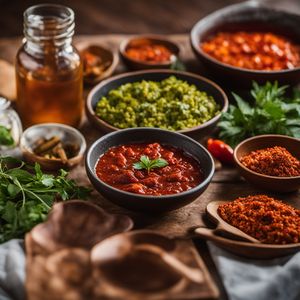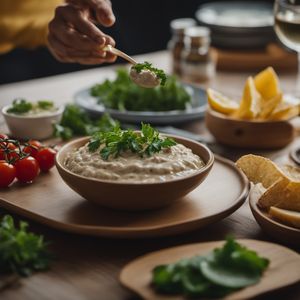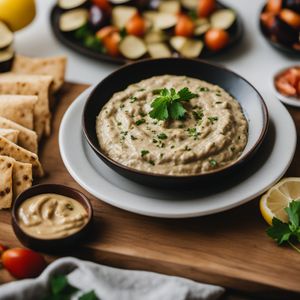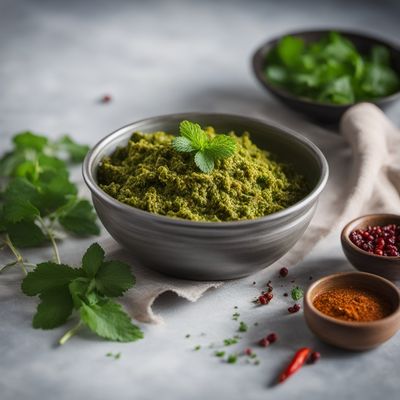
Dish
Haydari
Haydari is made by combining yogurt, garlic, herbs such as dill and mint, and sometimes feta cheese. The mixture is then blended until smooth and creamy. Haydari is typically served with pita bread or vegetables.
Origins and history
Haydari originated in Turkey and is commonly served as an appetizer or snack. It is a popular dish during Ramadan and other religious holidays.
Dietary considerations
Haydari is naturally gluten-free and vegetarian. However, some recipes may include feta cheese, which would make it non-vegan. It is also high in fat and should be consumed in moderation.
Variations
There are many variations of haydari, depending on the region and cultural traditions. Some recipes may include additional ingredients such as walnuts, red pepper flakes, or lemon juice. Some variations may also be cooked or baked.
Presentation and garnishing
Haydari can be presented in a small bowl or on a plate. It can be garnished with additional fresh herbs or a drizzle of olive oil. The dip can also be served in a hollowed-out cucumber or tomato.
Tips & Tricks
To make the haydari even creamier, strain the yogurt before blending. For a milder flavor, use less garlic or omit the red pepper flakes.
Side-dishes
Haydari is typically served with pita bread or vegetables such as carrots or cucumbers. It can also be used as a spread on sandwiches or wraps.
Drink pairings
Haydari is traditionally served with a dry white wine or a light red wine such as Pinot Noir. It can also be paired with a beer or a non-alcoholic beverage such as iced tea.
Delicious Haydari recipes
More dishes from this category... Browse all »

Ajika
Georgian cuisine

Almond Chutney
Indian cuisine

Amba
Middle Eastern cuisine

Amrood ki chutney
Indian cuisine

Anchoïade
French cuisine

Avocado Chutney
Indian cuisine

Baba ghanoush
Middle Eastern cuisine

Bagna càuda
Italian cuisine
More cuisines from this region...

Assyrian cuisine
Savory, Tangy, Earthy, Herbaceous, Nutty

Caucasian cuisine
Spicy, Savory, Tangy, Herbaceous

Eastern Arabian cuisine
Spicy, Savory, Aromatic, Tangy, Sweet

Iranian cuisine
Savory, Spicy, Sweet, Tangy

Levantine cuisine
Fresh, Light, Healthy, Tangy, Savory

Pontic Greek cuisine
Bold, Hearty, Spicy, Tangy, Savory

